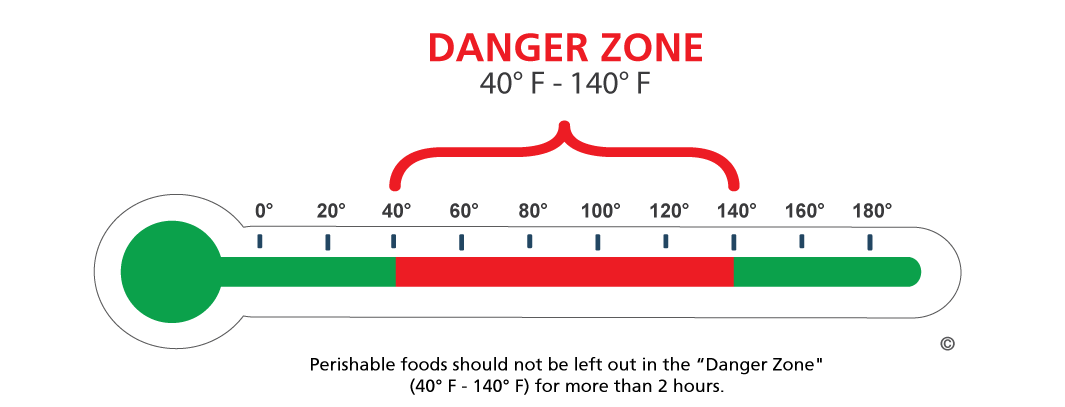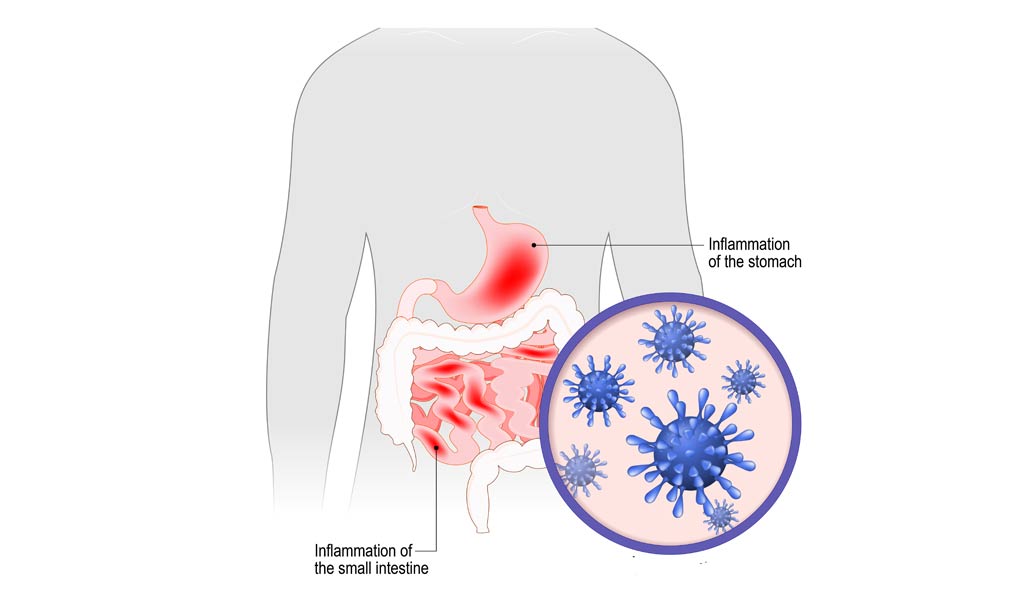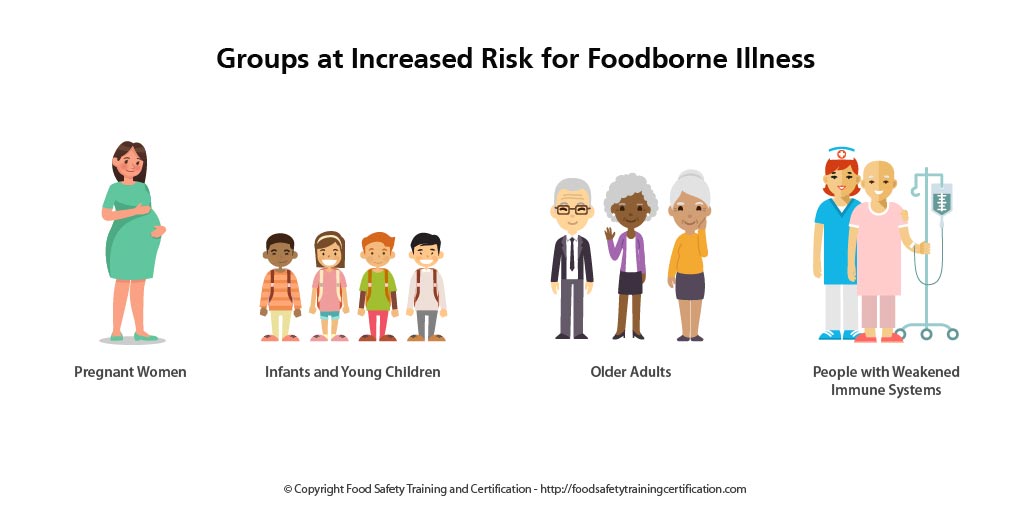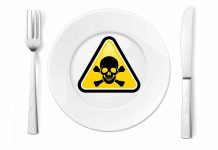Ready to start grilling? Remember, only when ground beef is cooked to an internal temperature of 160°F, will bacteria be killed and be thus safe to eat – so as to avoid foodborne illness.

All meat potentially contains bacteria that—if not destroyed by proper cooking—can cause food poisoning, but some meats are more risky than others.
Beef, and especially ground beef, has a combination of qualities that can make it particularly problematic—and the consequences of eating tainted beef can be severe. Bacteria are killed only by thorough cooking to an internal temperature of 160 °F (71.1 °C) as measured by a food thermometer.
Ground Beef Bacteria Dangers
What kind of bacteria can be in ground beef?
The pathogenic (illness-causing) bacteria generally found in ground beef are E. coli and Salmonella. These harmful bacteria cannot be seen or smelled.
Why is bacteria of special concern in ground beef?
If bacteria are present when beef is ground, then more of the meat surface is exposed to the harmful bacteria. Also, grinding allows any bacteria present on the surface to be mixed throughout the meat.
- Learn about cross contamination, cold and hot food safety, best practices for personal hygiene, and foodborne illnesses.
- Food Manager ANSI Certification: SALE $99.00 - Valid in all States
- Food Handler ANSI Training for only $7.00!
- 10% OFF SALE: Enter Promo "TRAIN10OFF" at Checkout
The Temperature Danger Zone
- Bacteria multiply rapidly in the “Danger Zone” — temperatures between 40°F and 140°F.
- Cold: To keep bacterial levels low, store ground beef at 40°F or below and use within 2 days, or freeze.
- Hot: To destroy harmful bacteria, cook ground beef to a safe minimum internal temperature of 160°F.

Four Basic Food Safe Steps
In every step of food preparation, follow the four basic rules — Clean, Separate, Cook, and Chill.

- CLEAN. Wash hands and surfaces often. Unless you wash your hands, utensils, and surfaces the right way, you could spread bacteria to your food, and your family.
Wash your hands with soap and warm water for 20 seconds before and after handling ground beef to make sure you don’t spread bacteria. - SEPARATE. Don’t cross-contaminate. Even after you’ve cleaned your hands and surfaces thoroughly, raw ground meat can still spread illness-causing bacteria to ready-to-eat foods-unless you keep them separate.
- COOK. Cook to the right temperature. To destroy harmful bacteria, cook ground beef to a safe minimum internal temperature of 160 °F (71.1 °C) as measured with a food thermometer.
- CHILL. Refrigerate promptly. Illness-causing bacteria can grow in perishable foods within 2 hours unless you refrigerate them.
Symptoms of Foodborne Illness
- Common symptoms of foodborne illness are diarrhea and/or vomiting, typically lasting 1 to 7 days. Other symptoms might include abdominal cramps, nausea, fever, joint/back aches, and fatigue.
- What some people call the “stomach flu” may actually be a foodborne illness caused by a pathogen (i.e., virus, bacteria, or parasite) in contaminated food or drink.
- The incubation period (the time between exposure to the pathogen and onset of symptoms) can range from several hours to 1 week.

People (Groups) Vulnerable to Foodborne Illness
Foodborne illness can affect anyone who eats contaminated food. However, certain populations are more susceptible to becoming ill with a greater severity of illness. These groups include:
- Pregnant women;
- Infants and young children;
- Older adults;
- People taking certain kinds of medications or with immune systems weakened from medical conditions, such as diabetes, liver disease, kidney disease, organ transplants, HIV/AIDS, or from receiving chemotherapy or radiation treatment.

Most people with a foodborne illness get better without medical treatment, but people with severe symptoms should see their doctor.


























